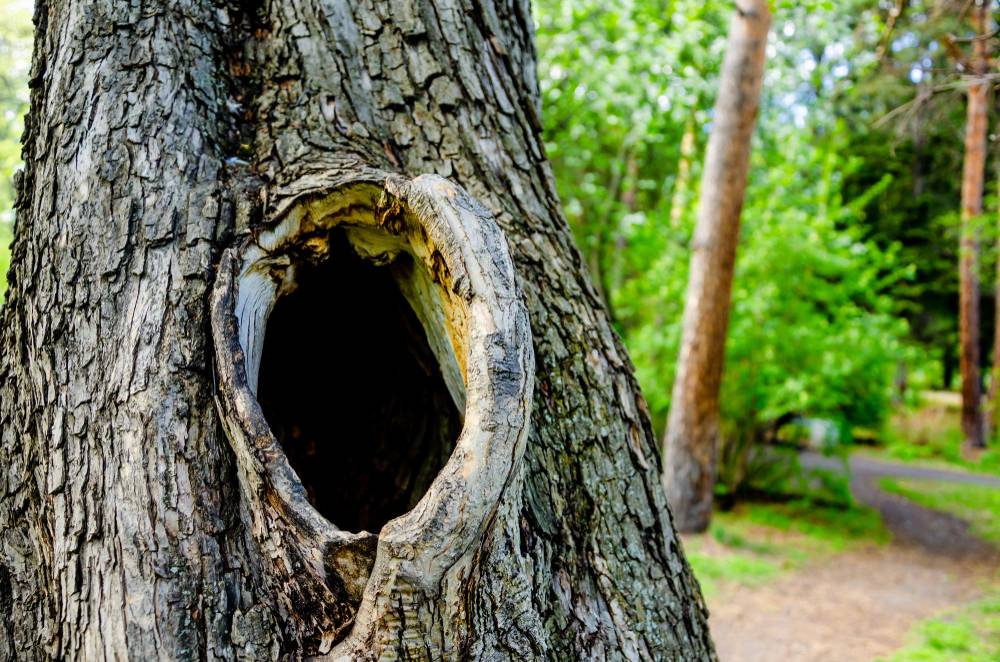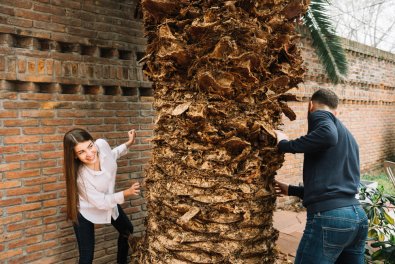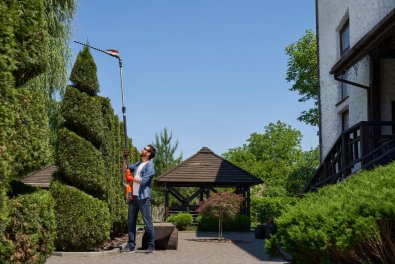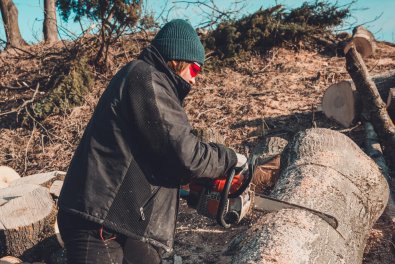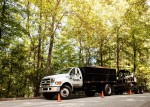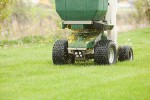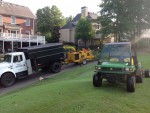Should You Fill Holes or Cavities in A Tree?
Holes and cavities in trees are common occurrences that can raise concerns about the health and safety of your tree. When property owners detect signs of damage, the most common question is whether to fill these holes or cavities. As a trusted tree care company, Sesmas Tree Service can assess the severity of the problem and recommend solutions to restore vitality. Here are the considerations and potential solutions certified arborists recommend for managing holes or cavities.
Natural Development
Tree cavities often develop naturally as part of a tree's aging process. Environmental factors, disease, and natural decay can create hollows over time. These cavities are not always harmful to the tree's health, and, in some cases, trees can thrive with significant internal hollows for many years.
Impact of External Factors
External factors such as storm damage, improper pruning, and animal activities can also create cavities. These events can cause openings in the tree's bark, exposing the internal wood to decay and infestation. Tree service experts can help you understand the cause of the cavity and decide the appropriate course of action.
Pros and Cons of Filling Tree Cavities
Before filling cavities or holes, consult a professional tree service provider to understand the advantages and drawbacks.
Pros of Filling Cavities
Filling tree cavities sometimes provides structural support, especially in urban environments where tree stability is crucial for safety. Certified arborists insert a filler material to maintain the tree's integrity and prevent further cracking or splitting.
Another advantage is the potential for deterring pests and pathogens. By sealing a cavity, you can reduce the likelihood of insects and fungi entering, causing further decay and premature tree removal emergencies. In addition, filled cavities can improve the tree's appearance, particularly in landscaped areas where aesthetics is important.
Cons of Filling Cavities
On the other hand, filling cavities is only sometimes beneficial. Traditional methods, such as concrete or foam, can harm the tree by preventing natural healing processes and causing additional stress. These materials do not flex with the tree's natural movements, leading to further damage and tree removal over time.
Also, filled cavities can trap moisture, creating an environment conducive to decay. Instead of protecting the tree, this can accelerate internal rot and weaken the tree further. Understanding these potential drawbacks is essential before deciding to fill a cavity.
When to Consider Professional Help
Consulting a professional tree care company is essential if a tree cavity poses a significant risk to property or safety. Unlike untrained individuals, arborists can assess the tree's structural integrity and recommend the best course of action.
In some cases, specialized treatments may be necessary. Trained professionals can apply fungicides or insecticides to manage infestations and prevent further decay. These treatments should be used judiciously and as part of a broader tree care strategy.
Deciding whether to fill holes or cavities in a tree requires careful consideration of the potential benefits and drawbacks. While filling cavities can provide temporary structural support and deter pests, it can also cause long-term harm by trapping moisture and preventing natural healing. Contact us at the Sesmas Tree Service and schedule a consultation with our experts. We leverage extensive expertise and knowledge to help you maintain healthy and durable trees.


